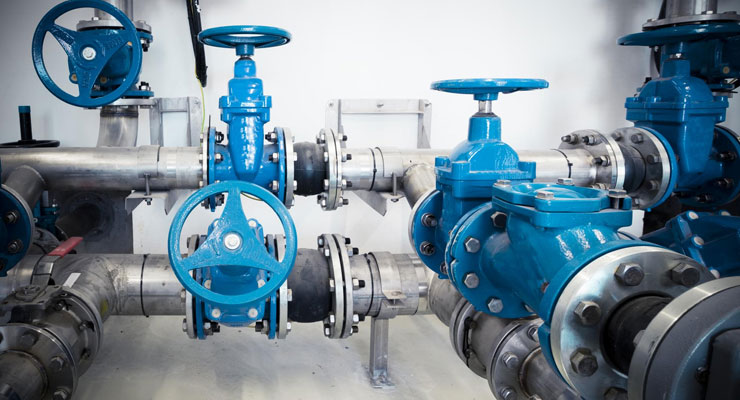Industrial valves are mechanical devices used to control the flow and pressure of liquids, gases, and slurries within a system. These valves are essential components in various industries, including oil and gas, chemical processing, water treatment, power generation, and manufacturing. The selection of the appropriate valve type is critical for ensuring efficient and safe operation of industrial processes.

Consider the properties of the fluid, including corrosiveness, viscosity, temperature, and pressure.
Determine whether the application requires on/off control, throttling, or backflow prevention.
Ensure the valve can withstand the operating pressure and temperature conditions of the system.
Select valve materials that are compatible with the fluid and the operating environment to prevent corrosion and degradation.
Choose the appropriate valve size and connection type (flanged, threaded, welded) for the system.
Consider the ease of maintenance and accessibility for inspection and repair.
Determine if the valve requires manual operation or if it should be integrated into an automated control system.